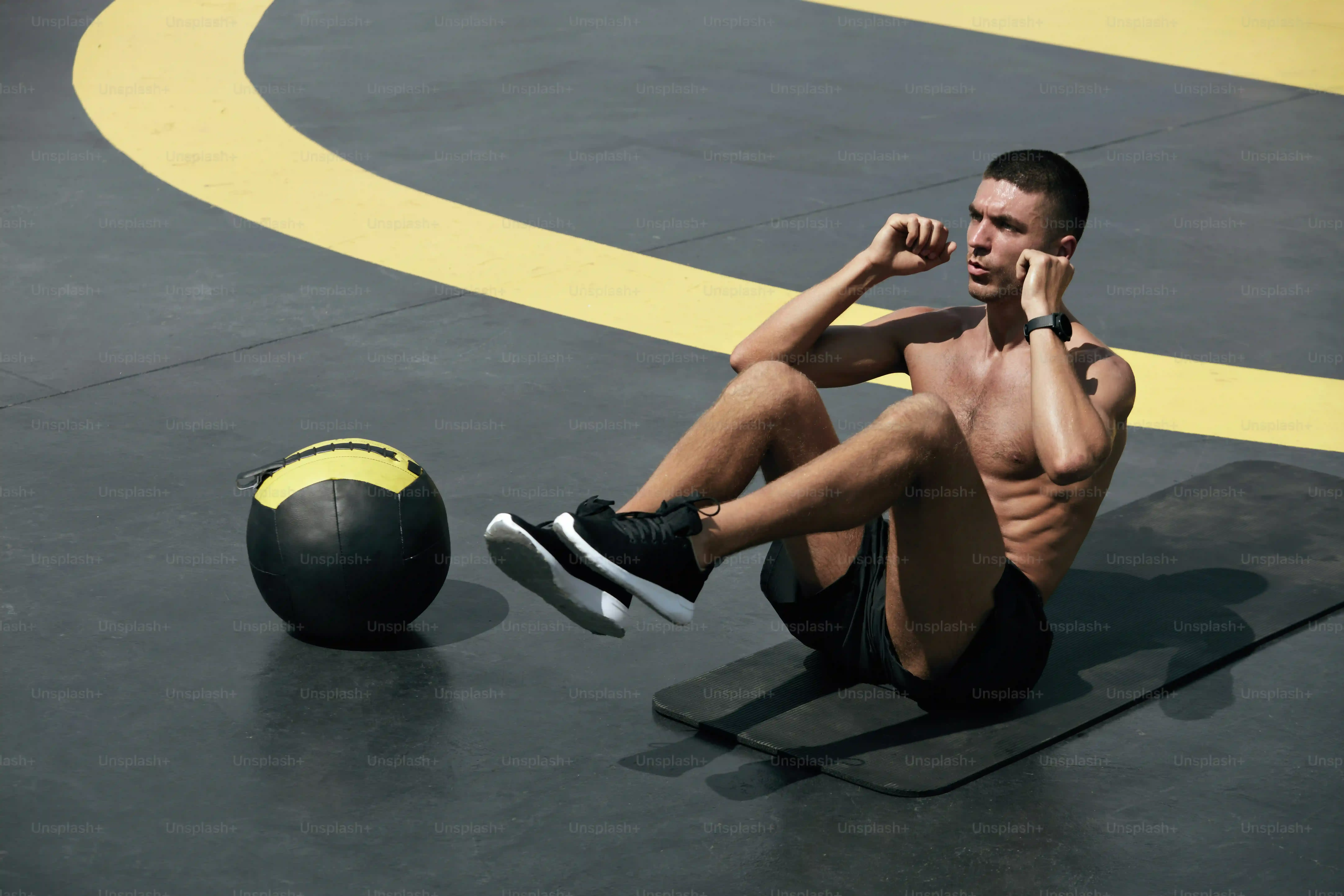Table of Contents
So, you're stuck at home, got a pair of dumbbells, and you're looking to build that chest without a fancy weight bench? Join the club. Maybe your gym closed, you're saving cash, or you just prefer the comfort of your living room. Whatever the reason, the idea of a solid chest workout seems tied to that padded bench, right? Wrong. You absolutely can build a strong, defined chest using just dumbbells and the floor, or maybe a sturdy chair if you're feeling adventurous.
Ditch the Bench: Why Dumbbell Chest Workouts At Home Still Crush It
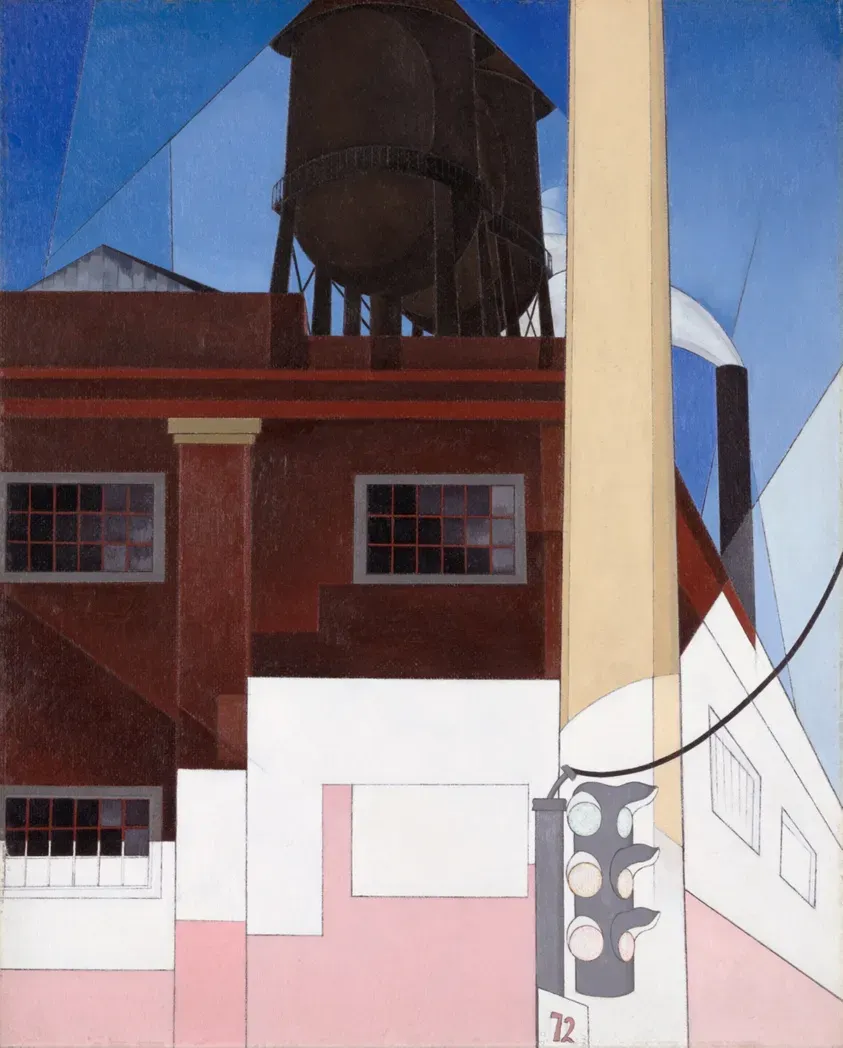
Ditch the Bench: Why Dumbbell Chest Workouts At Home Still Crush It
Look, I get it. When you picture a serious chest workout, you probably see someone lying on a bench, pushing heavy iron. It feels official, right? But honestly, you don't need that big piece of equipment taking up space or waiting for your turn at the gym. A **Ditch the Bench: Why Dumbbell Chest Workouts At Home Still Crush It** mentality is exactly what you need. Using just dumbbells and the floor forces your muscles to work differently. You engage more stabilizer muscles just to control the weight, and the floor acts as a natural stopping point, often reducing stress on your shoulders compared to going too deep on a bench. It's a different kind of challenge, but it's incredibly effective for building strength and size.
The Science Behind a Solid Dumbbell Chest Workout At Home No Bench
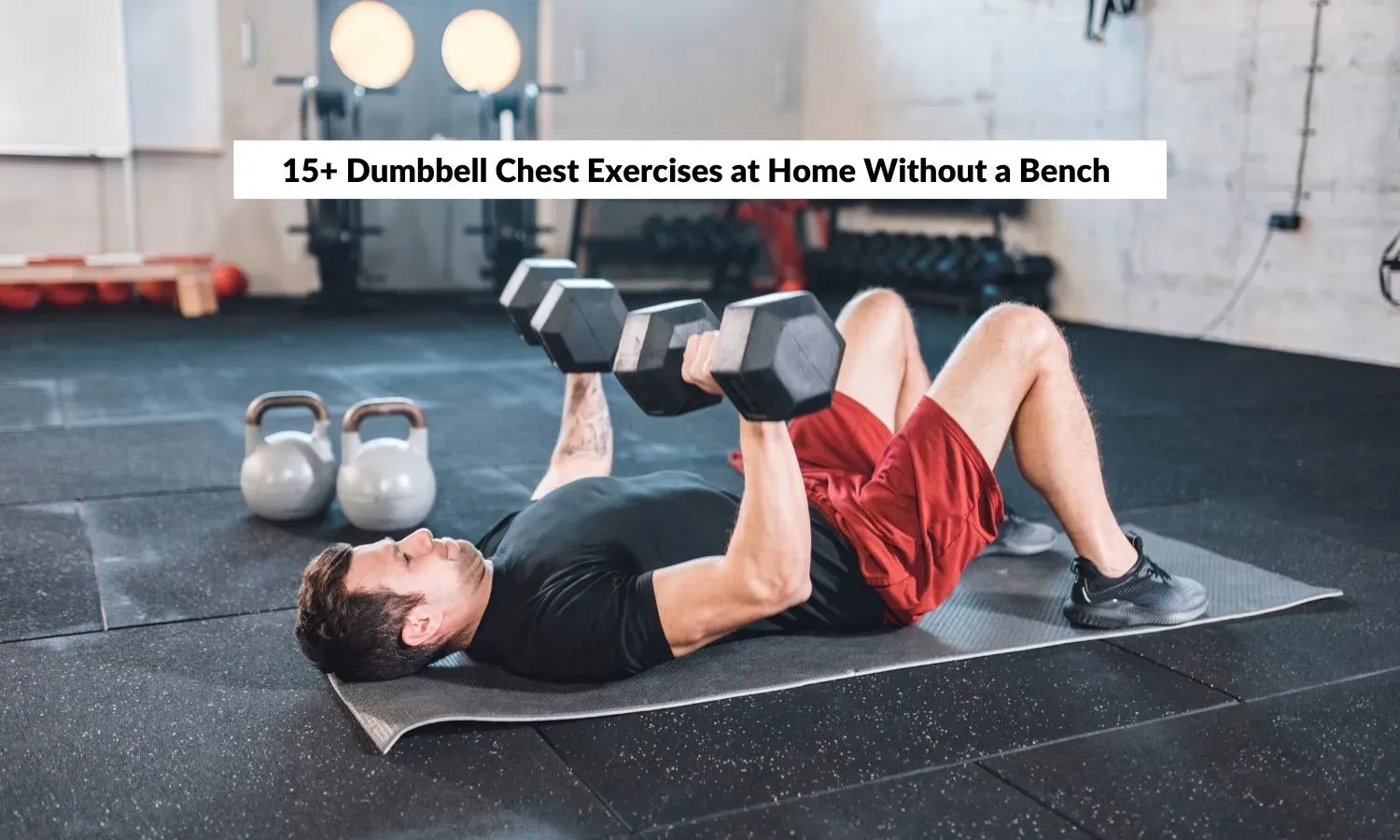
The Science Behind a Solid Dumbbell Chest Workout At Home No Bench
Targeting Pecs: It's More Than Just Pressing
let's get a little nerdy for a second, but I promise it'll be quick and painless. Your chest isn't just one big slab of meat; it's primarily the Pectoralis Major and the Pectoralis Minor. The Pec Major, that big fan-shaped muscle, has different fibers that run in slightly different directions – upper, middle, and lower. When you're doing a **dumbbell chest workout at home no bench**, you're still hitting these fibers. The floor press, for example, is essentially a bench press variation but with a limited range of motion at the bottom. This can actually be beneficial for some folks, especially if your shoulders complain during deep presses. You're still loading the muscle under tension, which is the key driver of growth (hypertrophy).
Range of Motion and Joint Health
One common misconception is that you need a full range of motion on a bench to get results. While a full stretch is great, the floor press cuts off the bottom portion. This isn't necessarily a bad thing. For many, hitting that deep stretch on a bench can put the shoulder joint in a vulnerable position. The floor press naturally limits how far back your elbows can go, which can be kinder to your shoulders while still allowing you to maximally contract the chest at the top. Dumbbell flyes on the floor also provide a good stretch, limited only by your anatomy and flexibility, not a bench.
- Floor Press: Reduces shoulder stress at the bottom.
- Floor Flyes: Allows a natural stretch, limited by your body.
- Dumbbells allow for a more natural path of motion for your wrists and elbows compared to a barbell.
- You can adjust angles slightly on the floor to hit different parts of the pec.
Stabilization and Unilateral Strength
Working with dumbbells, especially without the stability of a bench, forces your body to work harder to control the weight. Your smaller stabilizer muscles around the shoulder and scapula have to fire up more. This isn't just busy work; stronger stabilizers mean healthier joints and often translate to better performance in other lifts. Plus, dumbbells allow you to work each side independently. Ever notice one arm is stronger than the other? Most people have imbalances. A **dumbbell chest workout at home no bench** forces you to address these head-on, promoting more balanced strength and muscle development across your chest.
Killer Dumbbell Chest Exercises You Can Do At Home Without a Bench
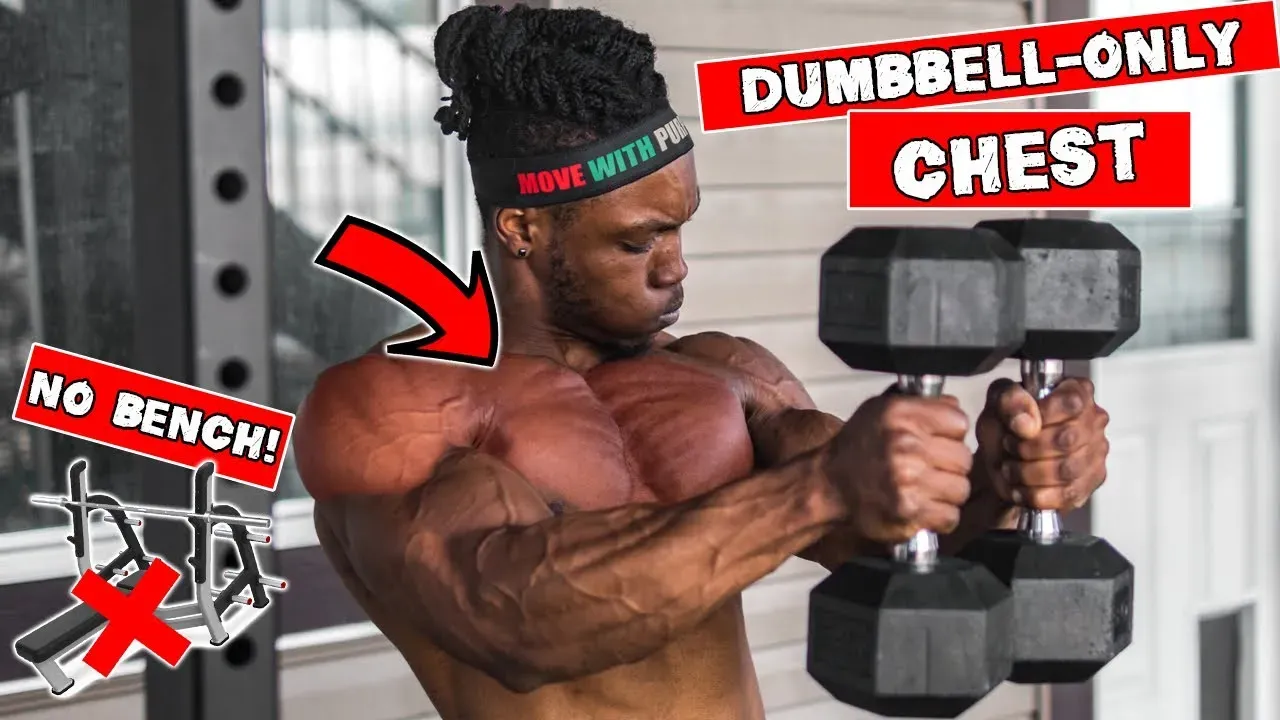
Killer Dumbbell Chest Exercises You Can Do At Home Without a Bench
Alright, enough with the theory and the science – let's get down to the actual lifting. You've got your dumbbells, you've got some floor space, and you're ready to hit those pecs without a bench in sight. This isn't about reinventing the wheel; it's about adapting classic movements and finding new ways to challenge your chest using just gravity and those weights. We'll look at presses, flyes, and even some sneaky variations that make a **dumbbell chest workout at home no bench** surprisingly effective. Forget complex setups; we're keeping it simple, hard, and results-focused.
Sample Dumbbell Chest Workout At Home No Bench Routines
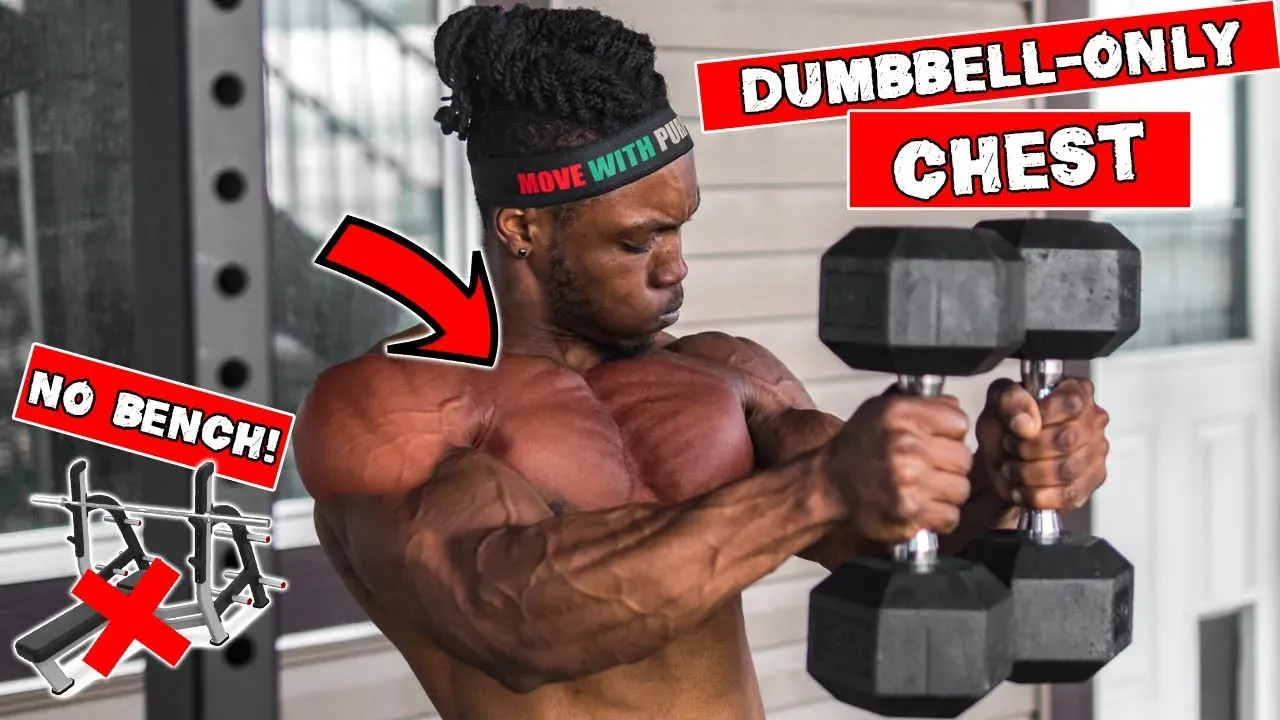
Sample Dumbbell Chest Workout At Home No Bench Routines
Crafting Your At-Home Chest Session
so you know the exercises exist, but how do you string them together into something that actually builds muscle? This is where the fun starts. A solid **dumbbell chest workout at home no bench** isn't just randomly doing floor presses until your arms fall off. It's about structuring your session to hit different angles and rep ranges, just like you would in a gym. We're talking about putting together a routine that challenges you, allows for progression, and fits the time you have. Whether you're just starting out or you've been lifting for years and are just adapting to the home environment, there's a way to make this work for your goals. Think about frequency – maybe hitting chest two or three times a week, varying the intensity.
Beginner to Intermediate Routine Idea
Let's sketch out a simple, effective routine you could try. For a good **dumbbell chest workout at home no bench** that targets the main muscles, you could start with your primary pressing movement. The dumbbell floor press is your bread and butter here. Follow that up with a fly variation to get that stretch and hit the fibers differently. Dumbbell floor flyes work well, or even lying on a stability ball if you have one for a bit more range. Then, maybe add a slightly different angle or a higher rep exercise. A standing dumbbell upward fly (like a front raise but focused on the upper pec squeeze) or a Svend press can be great finishers. The key is choosing 3-4 exercises and focusing on good form and progressive overload – trying to do a little bit better each time, whether that's more reps, more sets, or slightly heavier weight if you have it.
Example Routine Structure (Adjust weights/reps as needed):
- Dumbbell Floor Press: 3 sets of 8-12 reps
- Dumbbell Floor Fly: 3 sets of 10-15 reps
- Standing Dumbbell Upward Fly or Svend Press: 3 sets of 15-20 reps
Remember to warm up properly before starting and cool down afterward.
Mastering Your Dumbbell Chest Workout At Home No Bench: Tips & Tricks
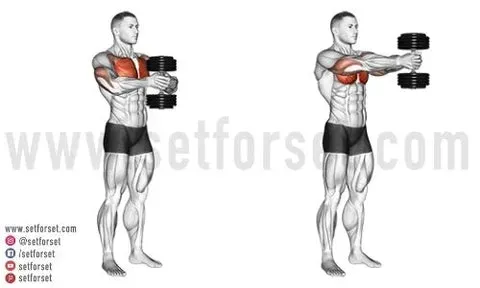
Mastering Your Dumbbell Chest Workout At Home No Bench: Tips & Tricks
Nail the Form, Not Just the Reps
you've got the exercises, you've got a routine sketched out. Now comes the part that separates the folks who get results from the ones just moving weights around: form. Seriously, you can do a hundred shaky, half-range reps and get less out of it than twenty controlled, perfect ones. When you're doing a **dumbbell chest workout at home no bench**, especially floor presses, focus on keeping your elbows at about a 45-degree angle to your body, not flared straight out like a scarecrow. Lower the weights under control until your triceps gently touch the floor. Don't bounce. Think about squeezing your chest muscles hard at the top of the movement. For flyes, keep a slight bend in your elbows and imagine hugging a barrel, feeling the stretch across your chest at the bottom and squeezing in the middle.
It’s not just about lifting the weight from point A to point B. It's about making the muscle you *want* to work actually do the work. If you feel it mostly in your shoulders or triceps, something's off. Lighter weight with better form is always, always better than heavier weight with sloppy execution. Record yourself if you can. It feels awkward at first, but seeing your form from an outside perspective is brutally honest and incredibly helpful.
Consistency Trumps Everything (Except Maybe a Pizza)
Building muscle isn't a one-week project. It's a long game. The best routine in the world won't do squat if you only do it sporadically. When you commit to a **dumbbell chest workout at home no bench**, consistency is your secret weapon. Aim for 2-3 sessions per week, allowing rest days in between for your muscles to recover and grow. Track your progress – how many reps you did, what weight you used. This is how you ensure progressive overload, which is just a fancy term for continually challenging your muscles. Add a rep, add a set, or if you have heavier dumbbells, try a slightly heavier weight when the current one feels too easy. Don't get discouraged if progress seems slow sometimes; everyone hits plateaus. Stick with it, adjust if needed, and trust the process.
Think of it like building anything worthwhile. You lay one brick, then another, then another. You don't just wave a magic wand. Your home chest gains are built rep by rep, workout by workout. And hey, celebrating small wins, like finally getting two extra reps on your floor press, makes the whole thing more enjoyable. Just don't celebrate *every* workout with pizza. That kind of consistency works against you.
Quick Tips for Your At-Home Chest Session:
- Warm up for 5-10 minutes with light cardio and dynamic stretches.
- Control the weight on both the lowering (eccentric) and lifting (concentric) phases.
- Focus on the mind-muscle connection; actively squeeze your chest.
- Breathe! Exhale on the effort (pressing/bringing weights together), inhale on the return.
- Listen to your body; if something hurts (beyond muscle fatigue), stop.
- Consider using a yoga mat or towel for comfort on the floor.
Your Chest, Bench Optional: Final Thoughts
Look, building a powerful chest doesn't require a dedicated bench or a pricey gym membership. As we've seen, a **dumbbell chest workout at home no bench** is not just a fallback option; it's a legitimate way to challenge your muscles, improve stability, and see real progress. By focusing on fundamental exercises, understanding proper form, and getting creative with angles using just your body and the floor, you can effectively target your pecs. Consistency and effort are the real keys, not the equipment you have access to. So grab those dumbbells, find some floor space, and get to work. The results might just surprise you.
